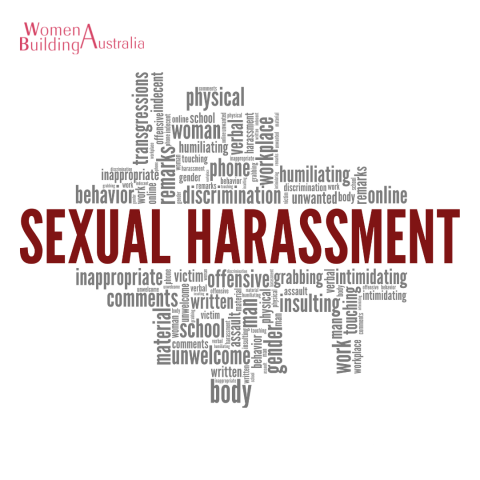
Recognising sexual harassment in the workplace

Instances of sexual harassment can go unrecognised or unreported because people don’t feel comfortable calling them out.
For some, it may not be entirely clear that a behavior constitutes sexual harassment. Or for others, there may be no procedures in place to report these situations.
Safe Work Australia created a guide to Preventing workplace sexual harassment, which offers detailed information about what you can do to recognise, prevent and respond to sexual harassment in the workplace.
This is a snapshot of how you can better recognise sexual harassment in your workplace.
What’s considered a workplace?
A workplace is a place where a worker goes while at work. In our industry, this could be:
- an office
- a worksite
- a vehicle
- a client’s office, site or home
- work-related training or events (even social events)
- online.
What does sexual harassment look like?
Sexual harassment may be a one-off instance or continuous inappropriate behaviour. It can be difficult to identify the more subtle instances, such as sexist or degrading remarks. Plus, harassment behaviours don’t only target women, though this is more common.
Sexual harassment could be something like:
- commenting suggestively
- sending explicit pictures via email
- indecently touching someone
- asking intrusive questions about someone’s personal life
- making a sexual gesture
- staring or leering at someone
- using a sexualised nickname for someone
- following someone.
Remember, some acts are criminal offenses and may be referred to the police.

